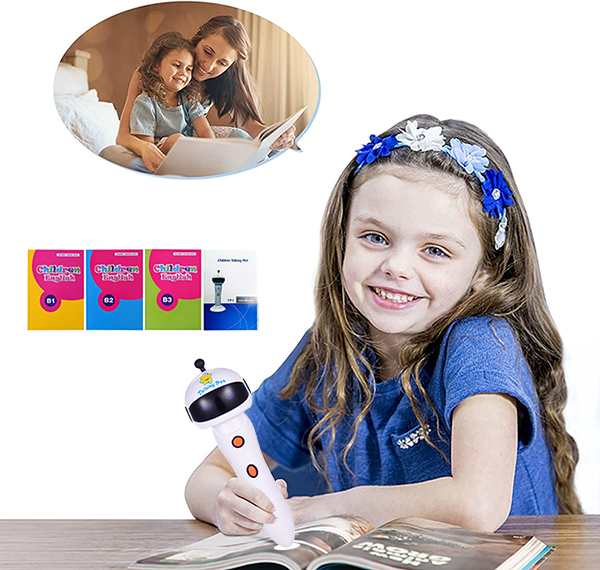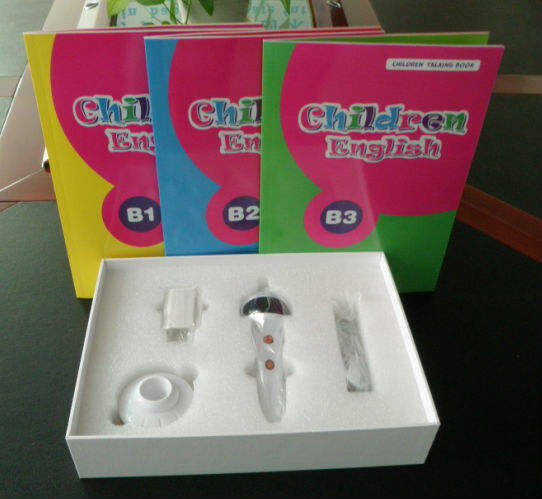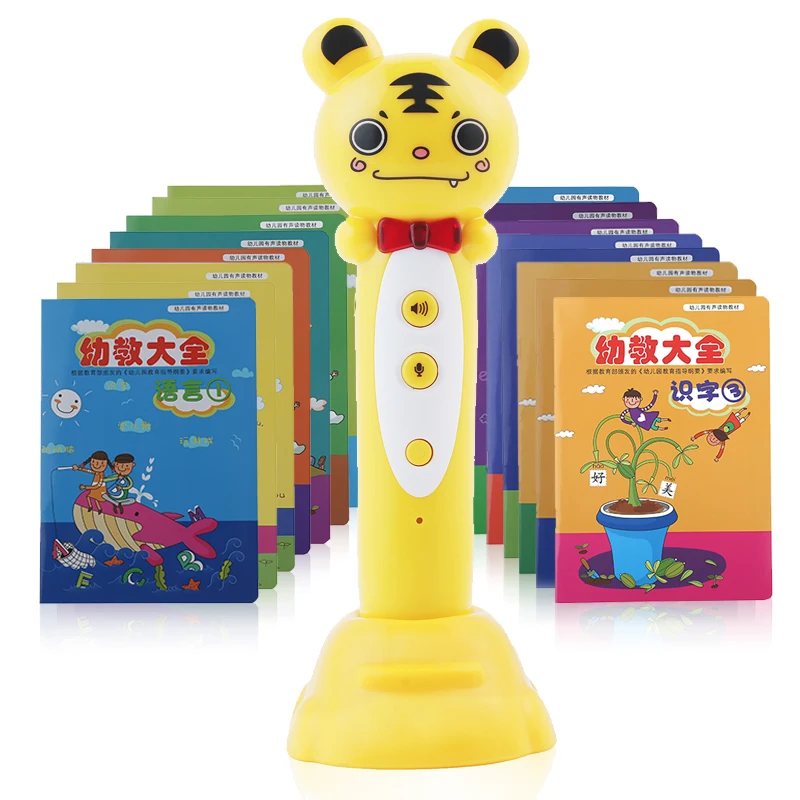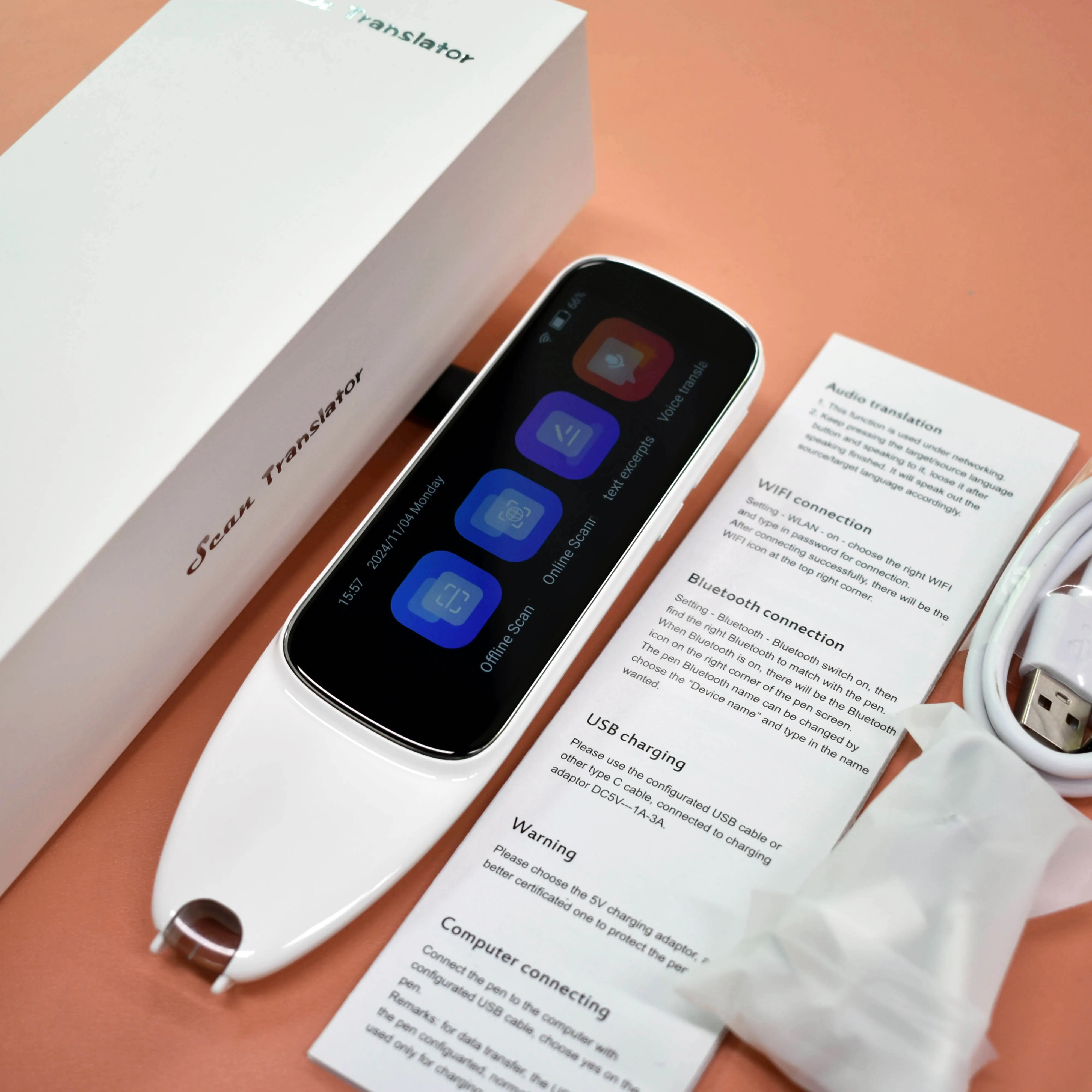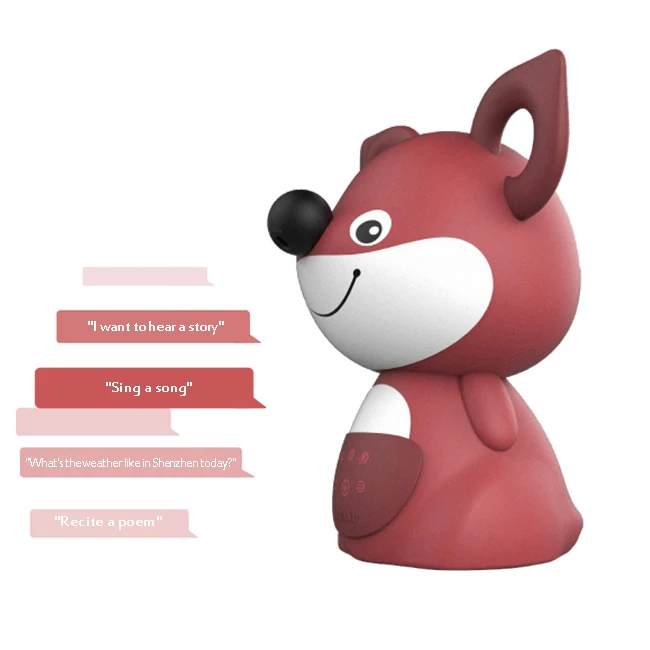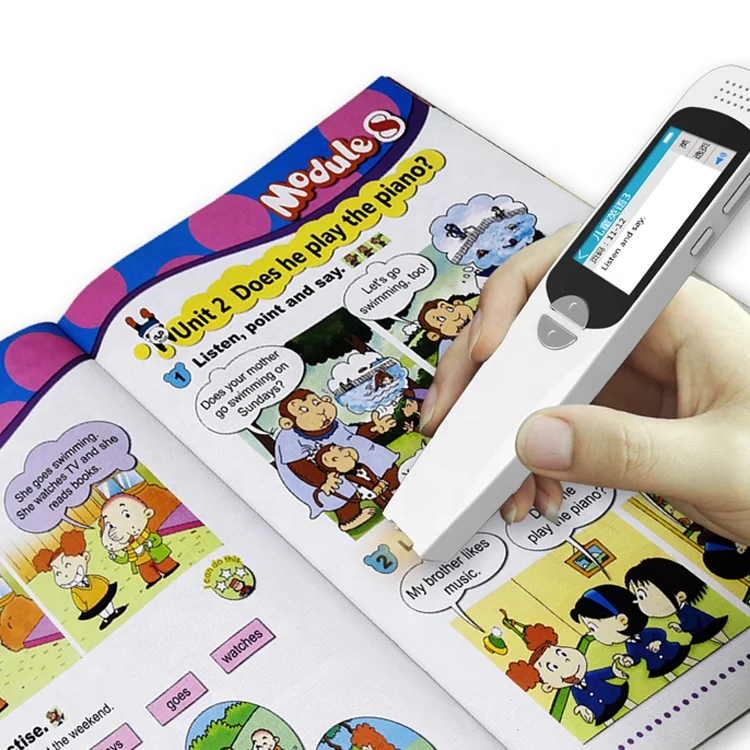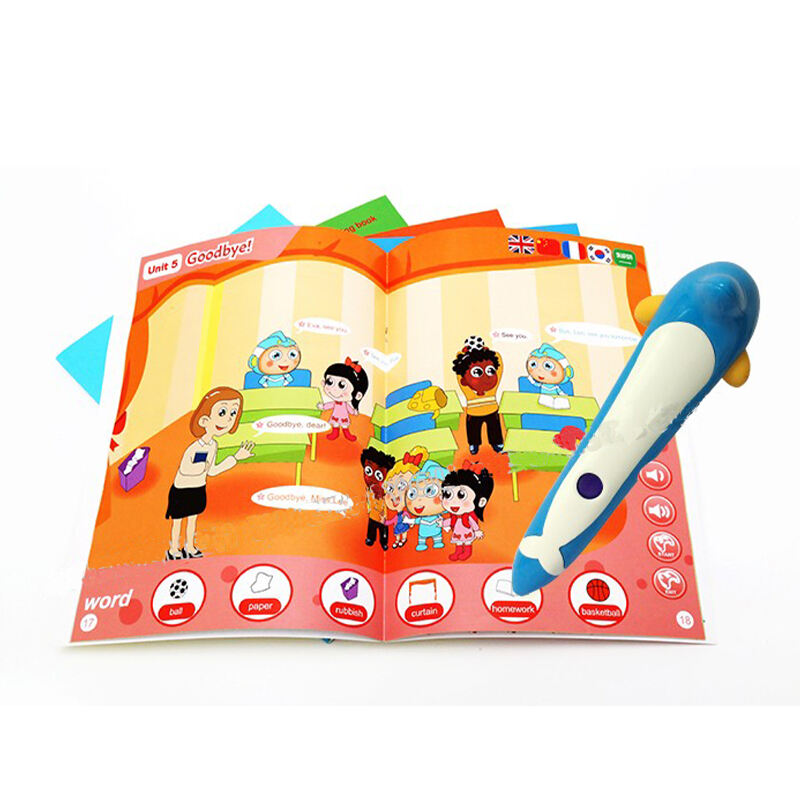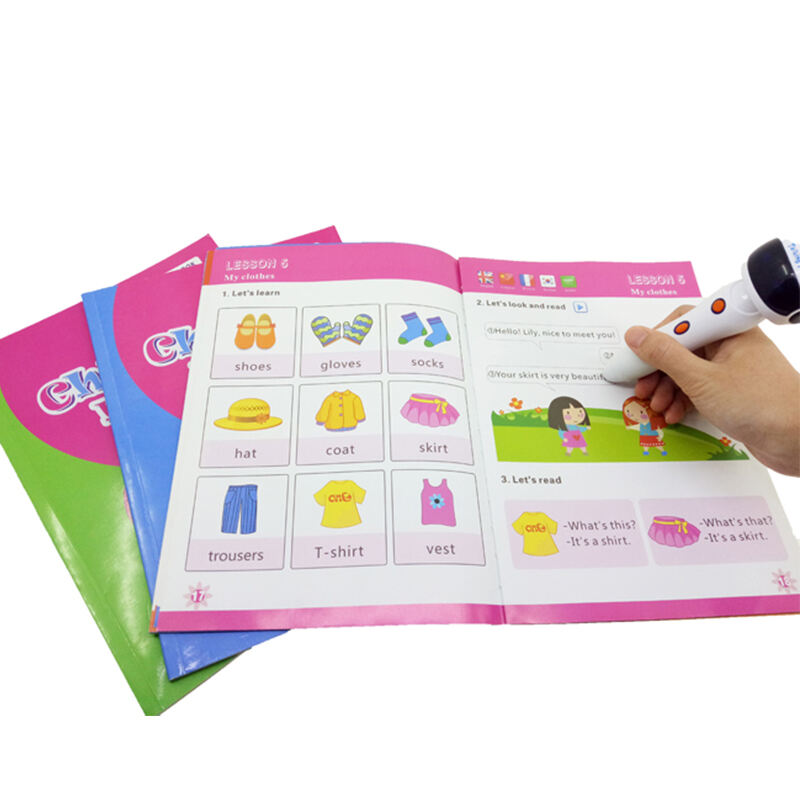- Overview
- Recommended Products
The age of 1 to 5 is a critical period for children's language enlightenment, cognitive development, and the formation of independent exploration awareness. With the core advantage of "touch interaction", the reading pen can deeply adapt to the learning and life needs of children at this stage. Its usage scenarios can be developed around the three core dimensions of independent learning, parent-child interaction, and life assistance.
1. Autonomous Learning Scenario: Cultivating Independent Exploration
The reading pen becomes a child's personal teacher, satisfying their active curiosity without the need for constant parental supervision. It's suitable for children aged one and up, gradually developing a sense of independence.
-
Picture Book Reading
This is the core scenario. Targeted at the cognitive level of children aged one to five, the reading pen allows children to "tap images to make sounds (such as animal sounds and vehicle sounds)" and "tap text to read content (stories and nursery rhymes with standard pronunciation)." This helps children transition from listening to active exploration while also building vocabulary and developing a sense of language. -
Cognitive Card/Wall Chart Reading
Combined with pinyin cards, literacy cards, animal/plant/vehicle cognitive cards, and wall charts with sound, children can connect abstract "symbols" with "sound and cognition" by tapping individual elements, effectively completing basic cognitive development. -
English Enlightenment Specialized Exercises
For language learning needs, the pen, along with English alphabet cards and simple word cards, provides a continuous learning process: "pronounce letters → spell words → follow along with example sentences." Repeated tapping strengthens pronunciation memory, laying the foundation for subsequent reading and writing.
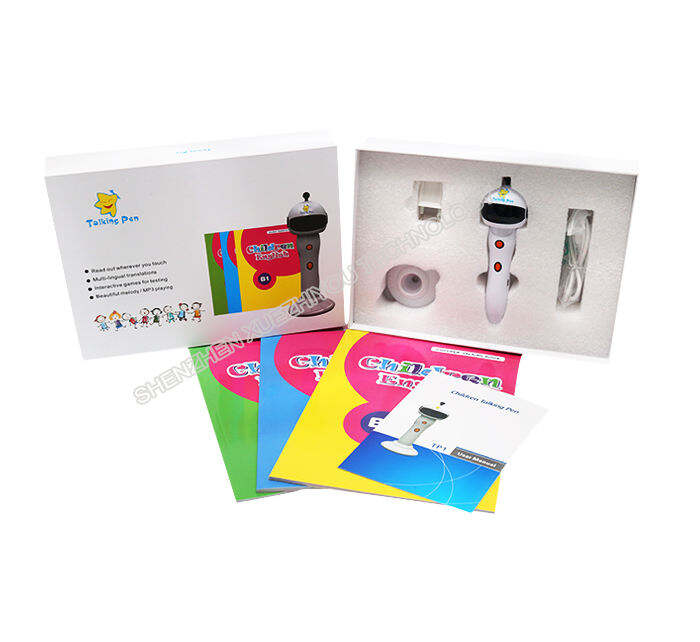
2. Parent-Child Interaction: Improving the Quality of Companionship
Reading pens are ideal for busy parents. While providing early learning opportunities, they can also interact with and guide children's thinking. This two-way interaction can further stimulate children's interest in learning.
-
Parent-Child Reading Assistance.
Parents and children can divide the work: children read the "character dialogues" in picture books, while parents raise "interactive questions" and guide their children's reflection and responses. This allows shared reading to move from "listening" to "discussion," helping parents better understand their children's thinking.
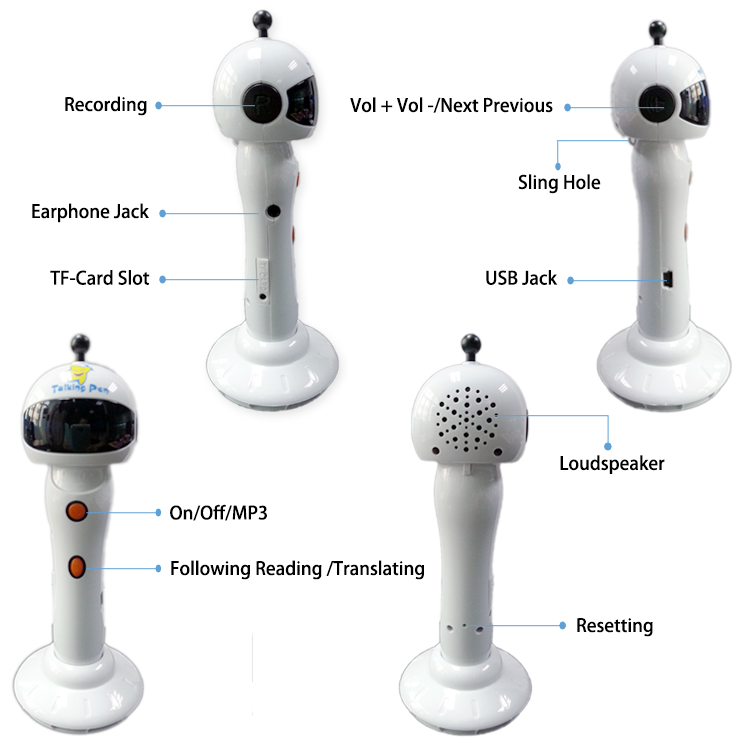
3. Daily Support Scenarios: Integrating Subtle Enlightenment into Everyday Life
Integrating the reading pen with daily life scenarios allows for a more natural and effective enlightenment experience, freeing children from deliberate learning.
-
Bedtime Comfort and Habit Cultivation.
Before bed, use the reading pen to read soothing bedtime stories and nursery rhymes, replacing your phone and reducing screen stimulation. -
Expanding Cognitive Skills in Daily Life Scenarios
After returning home from an outing, use the reading pen with the "Transportation Picture Book" to review the cars and subways you saw that day. While eating fruit, use the "Fruit Cognition Cards" to reinforce vocabulary for names, colors, and flavors.



